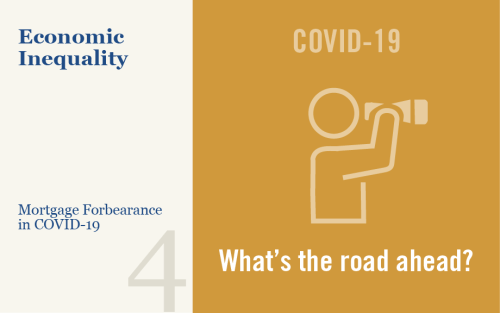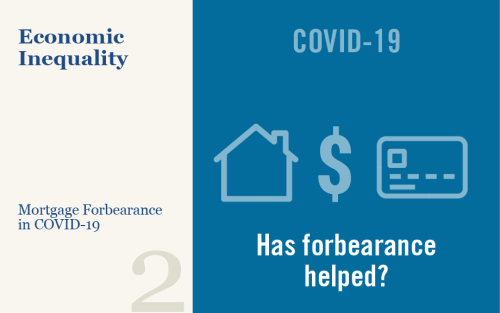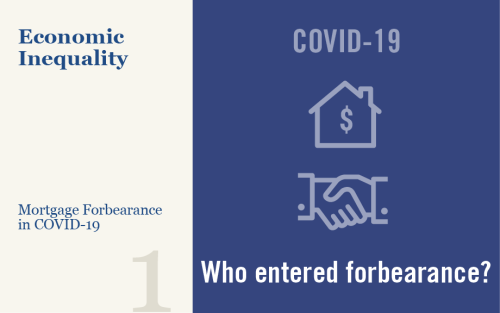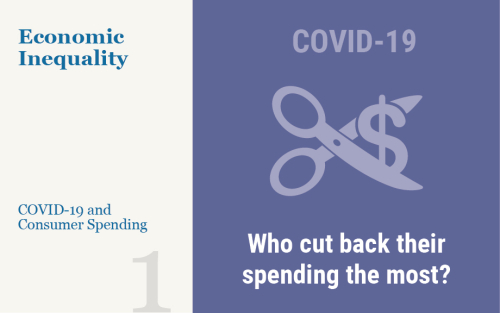
We’ve spent the first three posts of this series discussing who has entered mortgage forbearance, and how their personal finances have developed during the course of the pandemic. In this fourth and final post, we will use Consumer Credit Panel (CCP) data to examine the profiles of those who remain in forbearance and those who have exited, and how the performance of household credit may evolve as the force of the pandemic begins to ebb and the economy reopens and normalizes.



















 RSS Feed
RSS Feed Follow Liberty Street Economics
Follow Liberty Street Economics